We have all been hearing the chatter about mobile applications. It seems 2010 has been an astounding year for development in mobile technology, both hardware, and software.
Apple’s iPhone & iPad, along with Google’s Android OS and Microsoft Windows Phone, all prove just how large the market currently stands.
Trends have been forming over the recent years which might show us where our future is heading. It’s clear the number of mobile users is increasing daily, and there appears to be no sign of slowing.
As an app developer or business owner, these are some great trends to check out regarding mobile devices.
Mobile Software Industry
We can see a rise in the number of users accessing the App Store every day. Apple checks each submission for quality and carefully searches for possible bugs. The Android development team has a similar application retail store, although not as developed and lacking a strong market share.
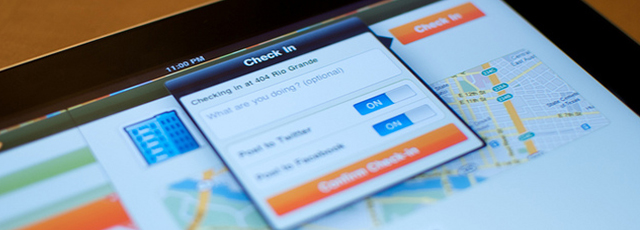
Many are expecting a business app store to come soon. This would provide small revenue streams for small businesses that have information to offer their mobile users. Many competitors of all niches are in the market to make money and have the same amount of ability to swoop in.
Currently, the amount of developers for each mobile platform is slim. There is a growing number of both digital artists and developers showing interest in the mobile arena. This will become the next highly developed piece of technology following cable television and the Internet.
Location-Based Services
We have already seen soaring interactions with these types of apps in just a few months. The most popular enterprise Foursquare is a social networking location-based checkin service which allows users to sign up and check in at different places using your mobile phone.
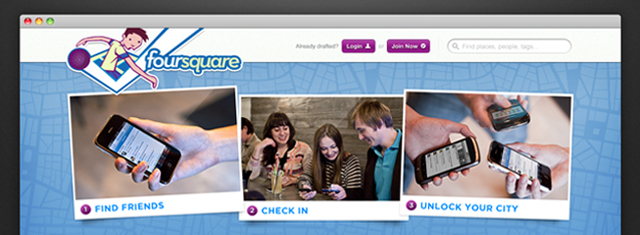
The GPS coordinates sent from an iPhone, Blackberry, or Android device can all be interpreted and stored in a database. These are counted as location checkins and are cataloged to generate your profile history – all the while away from your computer screen!
Runner-up service Gowalla is still in the following with a close second. The web app shares very similar functionality with Foursquare wrapped around a groovy website and app design. Although the company hasn’t seen as much user growth in the past few months, the community is full of dedicated users connected to their mobile devices.
Mobile Advertising
With so many users flocking to their mobile apps to kill time, we can see inordinate amounts of potential for businesses. Advertisers are looking to pitch their products and have their links seen by targeted users.

In most iOS devices, it’s possible to provide advertising blocks within your app. The most popular currently is AdMob, which provides contextual graphical ads for mobile screens. Apple has also begun releasing its own advertising brand iAds, which should be released to developers soon.
Marketing for Apps
Each application you develop is a new brand. As such, it is important to create a memorable icon design and marketing strategy. With so many applications in the App Store, it will be difficult to publish and sit idle expecting to make sales.
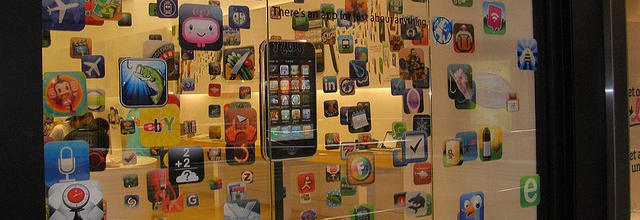
The current trends seem to point toward larger applications becoming popular through brute-force marketing techniques. This includes developing a small website for your app explaining how it works and what the core features are. This can be spread by bloggers and social networking communities to increase the level of interest.
This is a much easier opportunity for the average developer since mobile apps require much less marketing and upkeep. The only downfall comes that the audience you’re targeting includes strictly users of a device running your software.
This means Android developers need only target Android users, and similar scenarios with iOS and Blackberry/RIM developers.
HD Photo/Video
The new iPhone 4 has been credited as one of the most fantastic cameras out of any mobile device. The video recording can support up to 720p HD and run 30FPS with audio capture. The optical lens also acts as a 5-megapixel camera plus an LED flash.
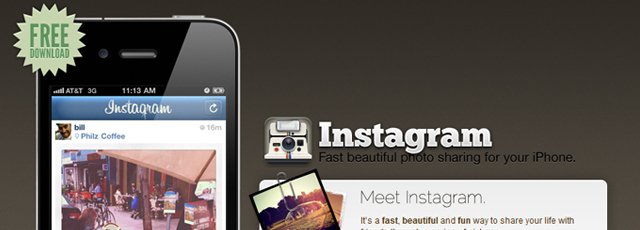
There have already been many applications created utilizing this new technology. Instagram is currently a favorite amongst photographers and designers. The ability to connect your photos with Twitter has sent a stream of designers sharing their mobile photos into my Twitter stream.
The iPhone 4 was only released this past summer. As such, we can expect a lot more development to be put into processing audio and video recording. We should see a large influx in social networking apps that also tie into this functionality.
Cloud Based Storage
We already have access to e-mail and most documents on our mobile devices. Cloud storage apps are getting hotter and will continue trending into 2011. The ability to store and share any type of content via the web is phenomenal.
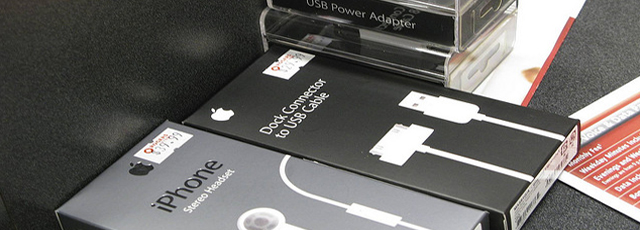
This isn’t to mention the second-hand effect of mobile accessibility. APIs have allowed developers to access this cloud data from mobile applications anywhere with an Internet connection. As mobile devices and tablets can adapt to this new framework, developers will have a strong market to capitalize on.
These few predictions for the coming years should come as no surprise. Those who have been studying the mobile market have seen how quickly the boom cycle began and where we are going now.
With the holidays just behind us, new mobile phones and tablets have entered the homes of many happy users. Keep an eye on the growing market segments, and feel free to share your future predictions for mobile apps in the comments below!
Related Topics
Top